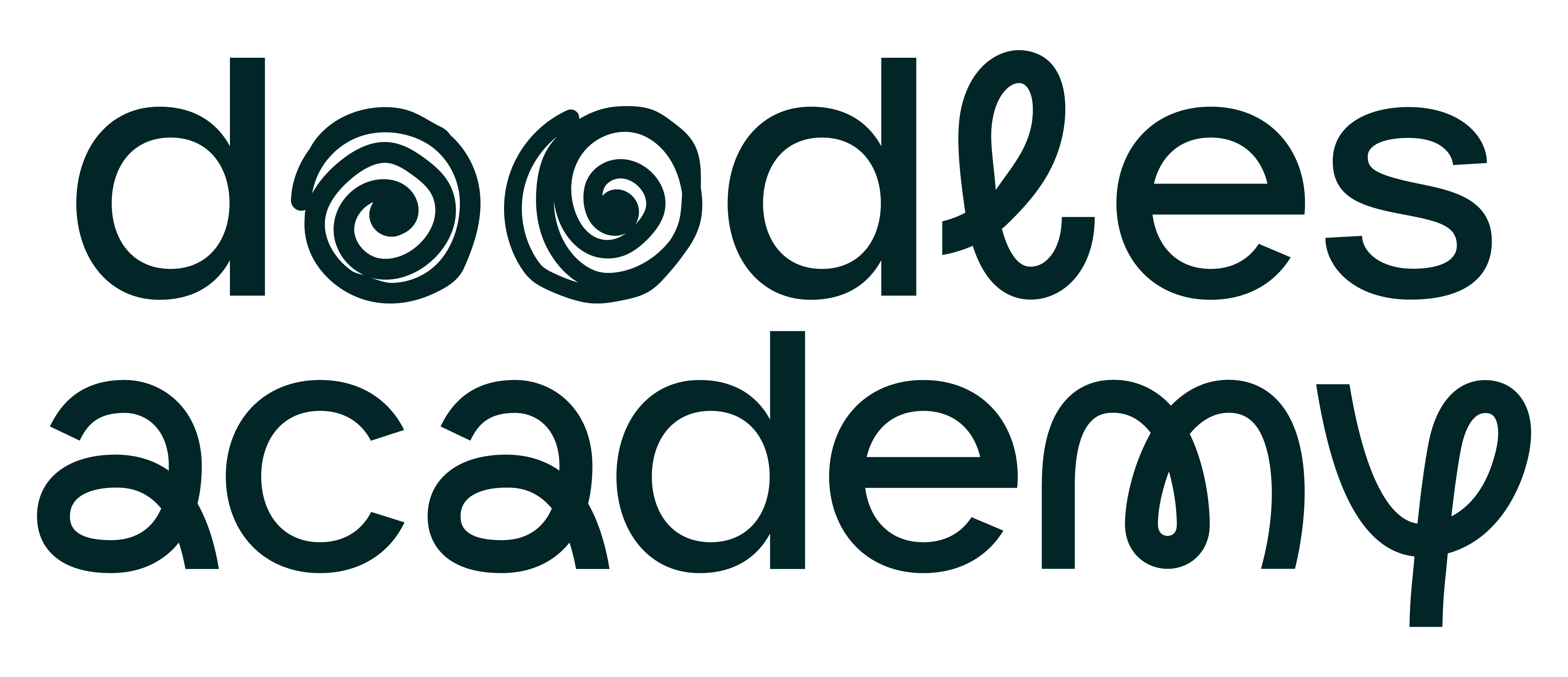Classroom Teachers
Our projects:

Offer extensive support for teachers, often including student-facing video content.
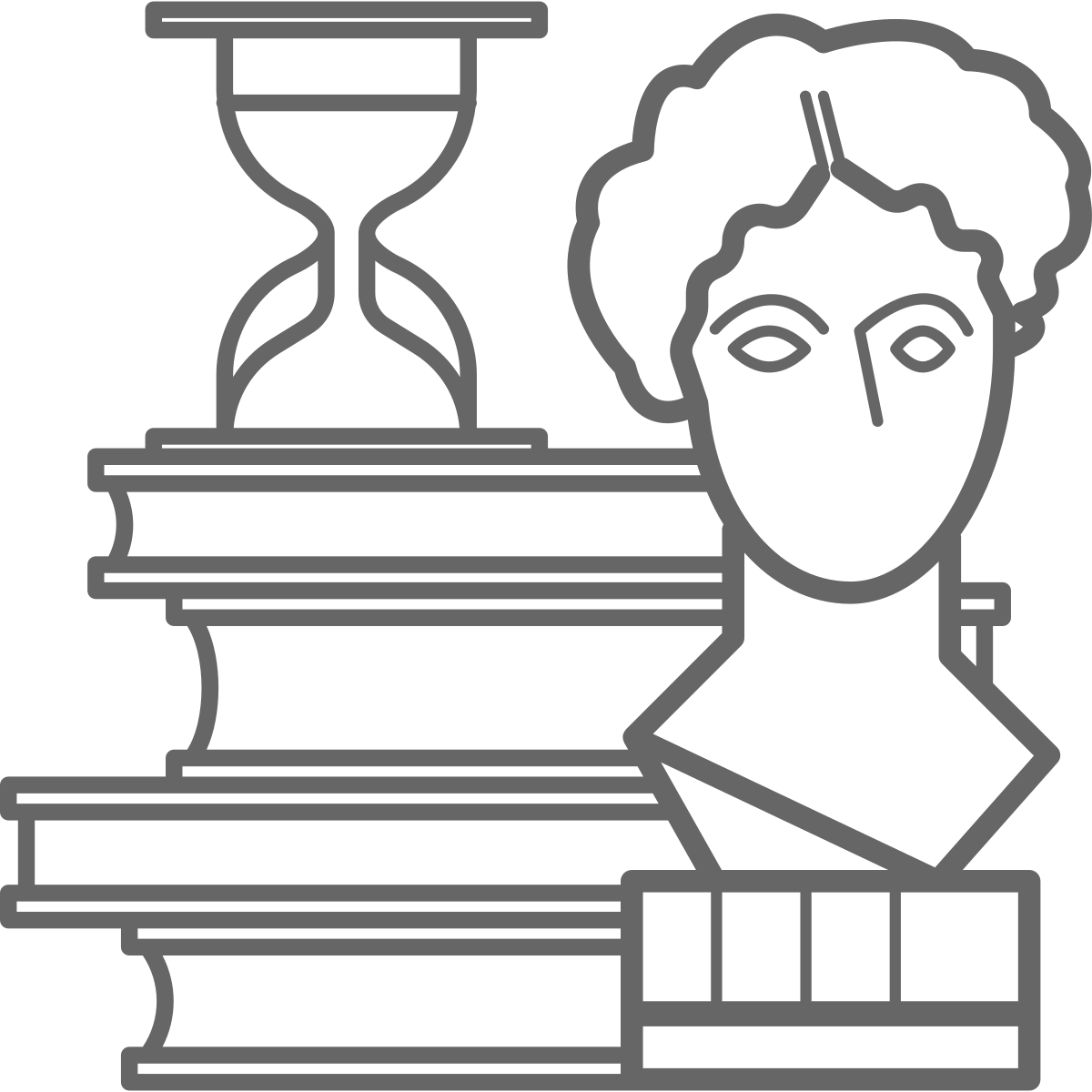
Build knowledge around common academic topics, supporting cross-content learning.

Encourage students to make authentic and personally relevant connections to the learning being done.
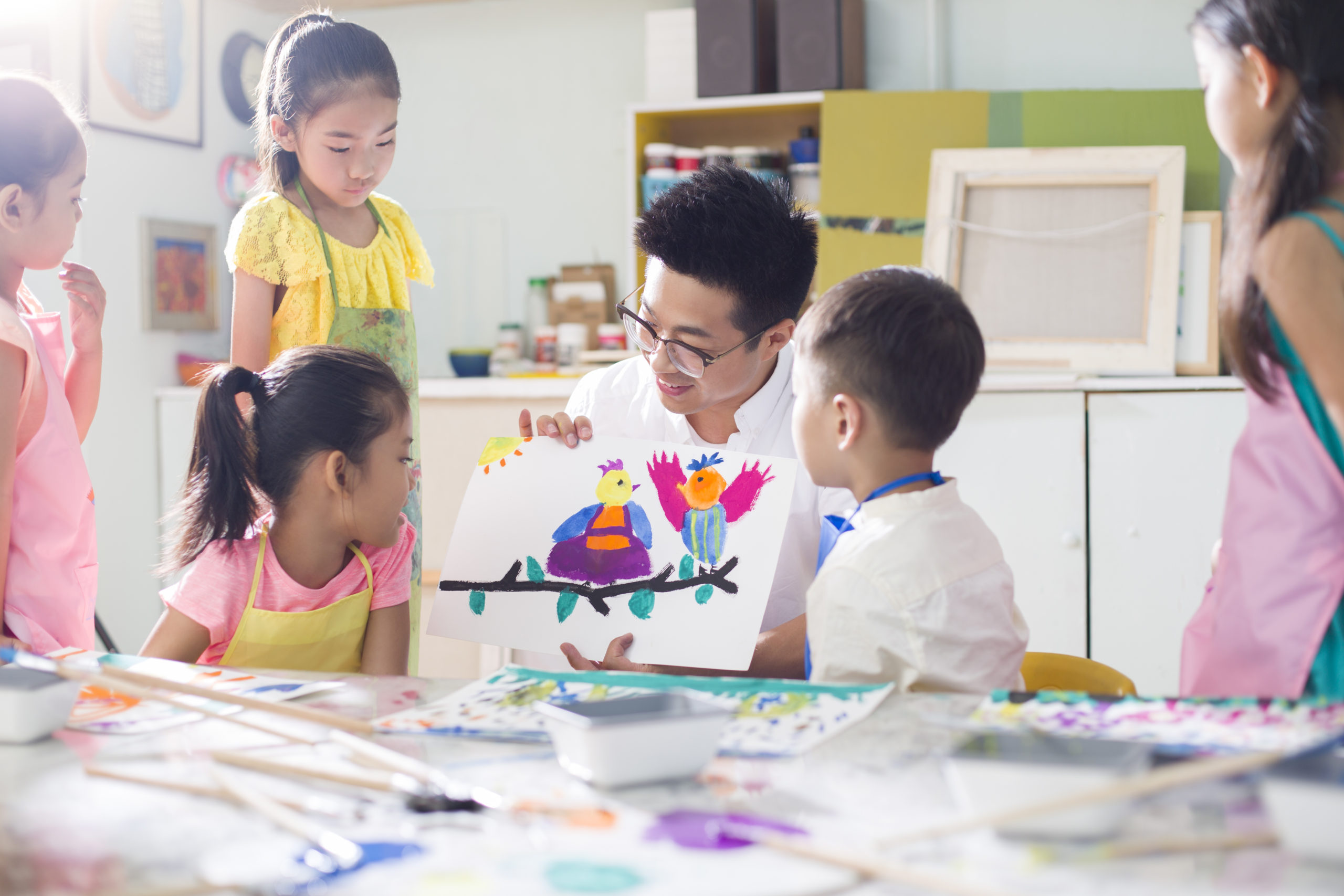
Often, classroom teachers understand the benefit of art education, but don’t know where to start.
We support classroom teachers with content and lesson planning, and work to remove pain points, such as demonstrations, so that they can more easily incorporate art as a teaching tool in their classroom.
We have cross-content experts helping to develop our curriculum; meaning that classroom teachers can use our art curriculum to build knowledge, engagement, and understanding across a range of academic topics.
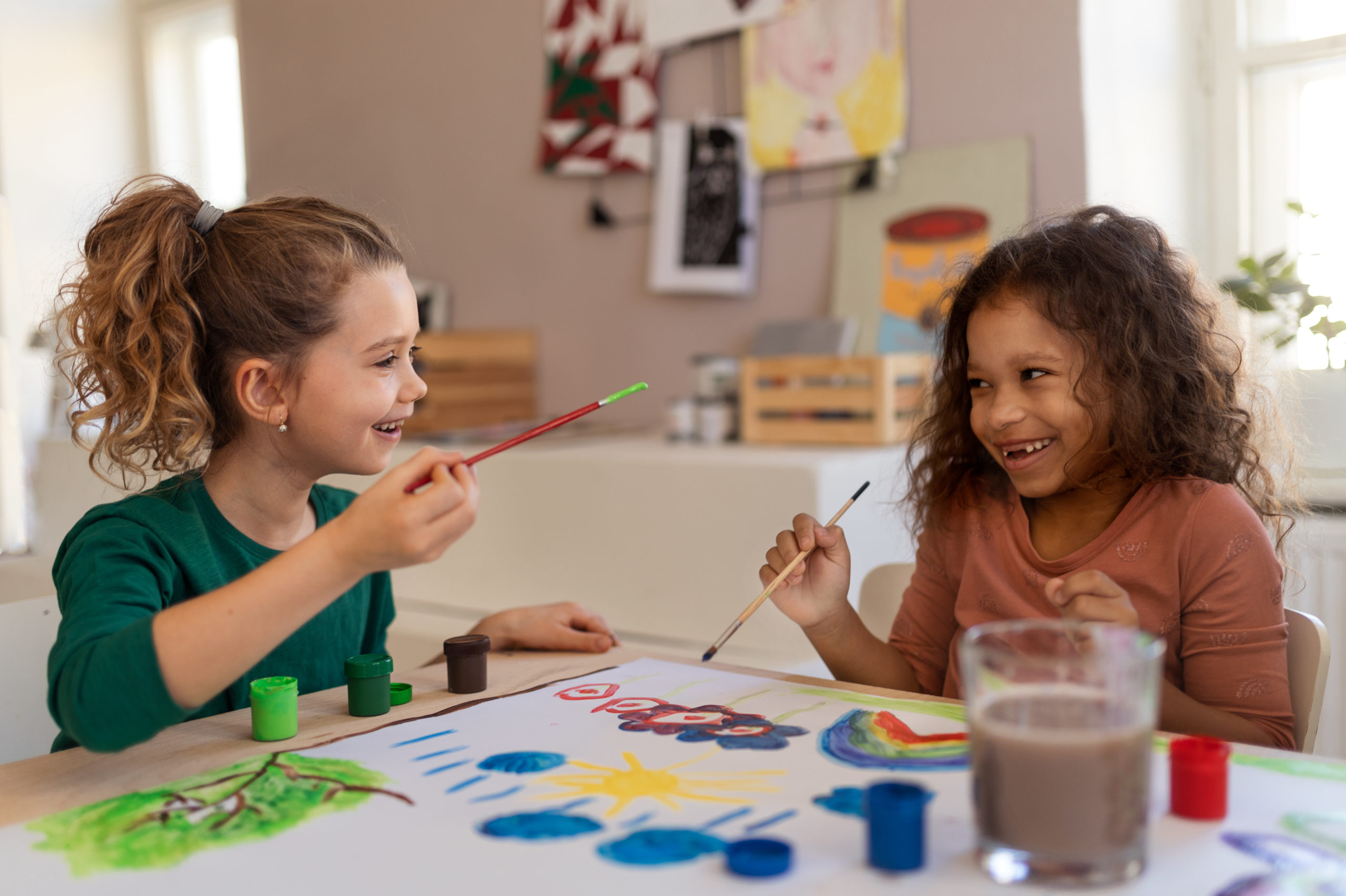
%
Was easy to understand and implement in the classroom
%
Built on & expanded students’ knowledge and understanding of the project’s core topic.
%
Helped to build students’ speaking and listening skills.

It can be hard to incorporate art into your classroom.
But, if art is intentionally used as a learning tool, you’ll see *higher engagement and increased understanding with your students, making it well worth your time.
Our projects offer an invaluable structure to support you on this journey.
How to Use Doodles:
1

Search our Project library, using advanced search options, and download any project that interests you (for free!).
2

Subscribe to Outside the Lines, which sends fresh, relevant, cross-content art projects 8x per year to your inbox.
3
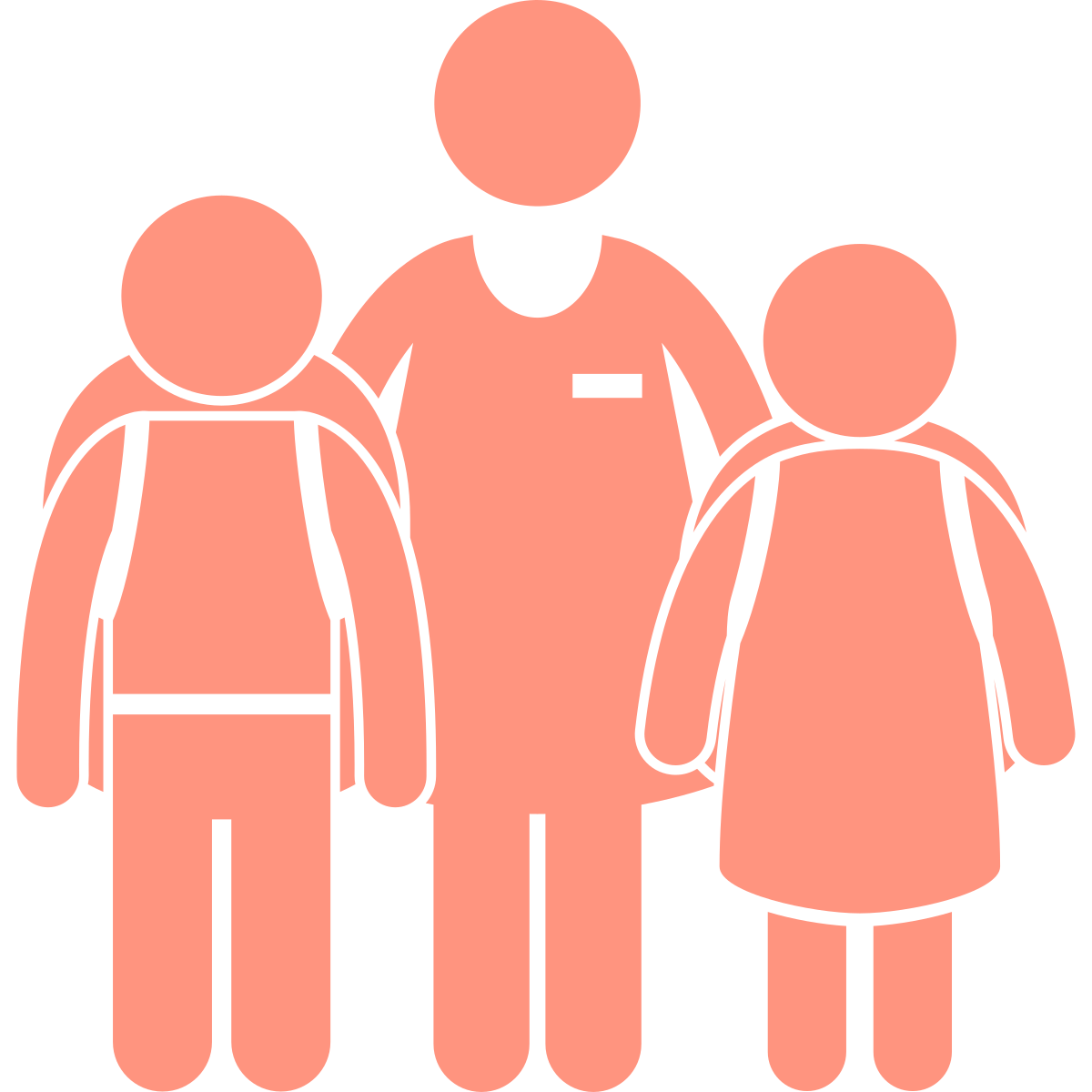
Thrive.
Watch as your students grow more engaged around the topics you teach and your relationship with them (and your principal) thrives.
